Homeowners in locations that witness snow and frost need to take special care of their plants. Even a single shower of frost can damage your plants and devastate your garden. Frost is especially destructive for new plants and seedlings that are too weak to survive in low temperatures.
Frost kills the plants when the water in their cells converts into ice crystals and prevents fluid movement in the branches and leaves. A mild frost due to temperatures around 28-degree Fahrenheit can wreak havoc on the plants in your garden. Let us explore some ways to protect your plants from the frost.
How Frost affect plants
Although Frost affects all the plants it affects the potted plants more than plants on the ground. Plants in the pots, containers and hanging baskets are more vulnerable to damage as the warmth of the ground does not protect their roots. Frost’s harmful effects become more significant at night when the temperature falls to extremely low levels to freeze the moisture present on the leaves. So, to protect your plants from the potential damage by Frost you need to cover them, especially during the night.
Bring the potted plants indoors.
Potted plants are more susceptible to frost damage and it may even get fertilizer burn in winters. You can please them in an indoor area to protect them from Frost. Whether it’s snowfall in the daytime or frost in the night, you can always move your potted plants to an indoor location in your house.
If the weather is clear and the sun comes out in the daytime, keep the potted plants outside the house. You can move your container plants to your garage, shed for a basement in the evening where they don’t come in direct contact with the outside frozen air.
Water the plants
Even in the time of frost, you should water your plants before the arrival of frost. Wet soils are better at retaining heat than dry soils. Research shows that moist soils can hold four times more heat than dry soils. The moist soils also conduct heat faster than dry soils, thereby preventing the formation of Frost. Water loses heat much slower than the air or soil.
The collected heat radiates out in the night when the water freezes in the outside atmosphere. The water in the soil creates an insulating effect that radiates heat upward to the surface in the night. It is best to water the plants before the arrival of frost. The best time to water the plants is in the afternoon when the temperatures are still warm.
Add Mulch

Adding mulch to your garden beds is like wearing a sweater in the winter season. Adding a layer of mulch helps you protect the soil and roots of plants from sudden dips in temperature. You can get mulch for your garden from a store that sells landscaping supplies or you can also create it at home using simple things like wood chips, straw, leaf mold, grass clippings and dry leaves.
Cover your plants
It is important to cover your plants with a plastic or fabric sheet to protect them from Frost. Many people cover their plants and flower beds with plastic sheets as they are easily available in the market. However, experts recommend not using plastic or vinyl materials to cover your plants as they can trap the moisture inside the cover that can turn into Frost when the temperature dips in the night.
Therefore, it is better to use a fabric sheet to cover your plants and flower beds as it will allow the moisture to escape but protect your plants from the Frost. A fabric sheet can prevent the moisture inside the sheet from coming in direct contact with the outside freezing air.
Regardless of the material you use to cover your plants for protection from Frost, it is important to remove it in the morning after the rising of the sun to prevent the plants from suffocation.
Trim the Hedge
Trimming the hedge can protect it from Frost as it becomes easy to cover a hedge that is in a uniform shape. Use good quality hedge trimmers to trim your hairs and cover it with a fabric sheet in the evening to protect it from freezing air during the night. If there is a good amount of sunlight the next morning, you can remove the cover so that the hatch can receive some heat from the sun.
Final words
These were some tips to protect your plants from the Frost. The best way to protect your plants from freezing air and declining temperatures is to cover them. Remember, never ever use craftsman snow blower or any kind of snow blower on them. You can move the potted plants to an indoor space, but it is important to cover your garden plants. Following the tips in this post can help landscape owners to protect their lawns and gardens in winters.

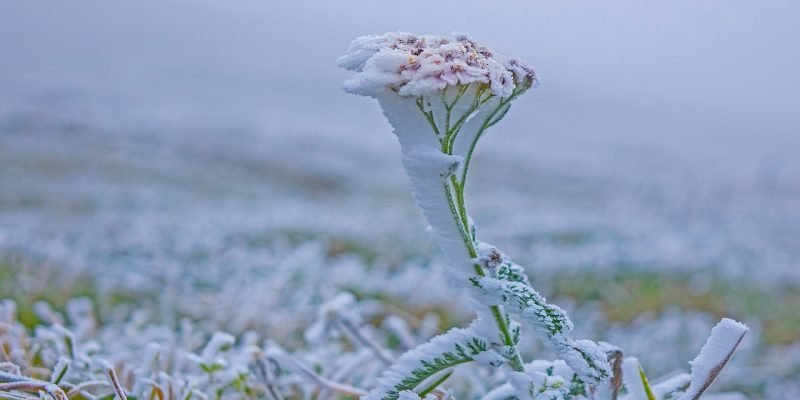
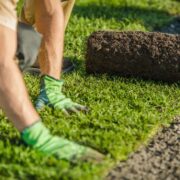
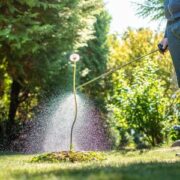

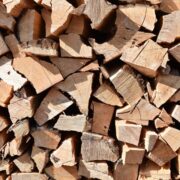
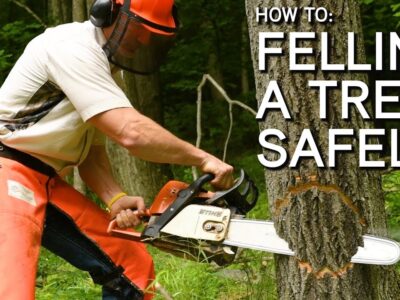
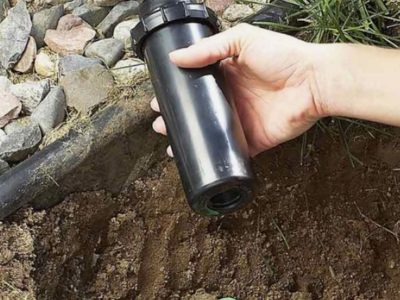
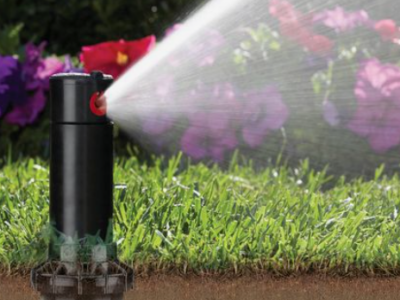
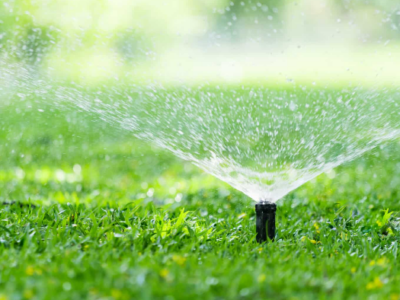


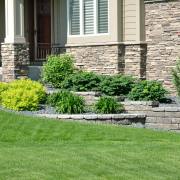
Comments